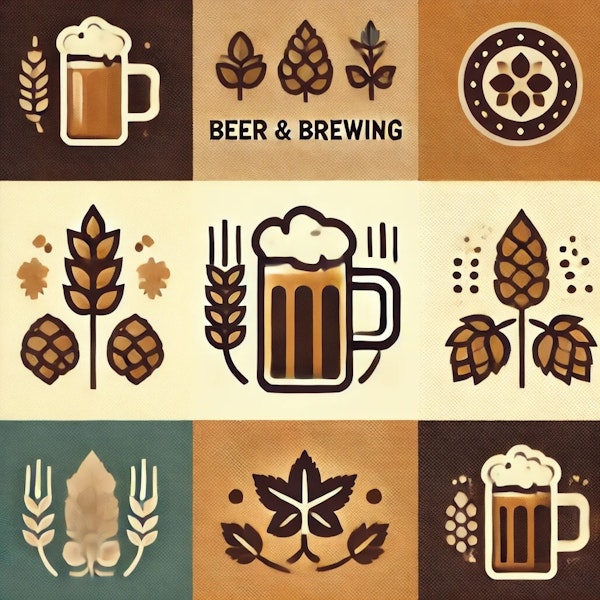
This light, fruity ale highlights honey and honey-driven peach and apricot flavors against a clean, biscuit-like background.
You don’t need fruit to brew a fruit-flavored beer—malt, sugar, hops, and yeast can all be used to mimic the character of various fruits. Yet, once mastered, there is another use for this power of deception: boosting the flavors of real fruit.
IPL is about making sure the “L” part—lager—is getting its due. With this recipe, the idea is make something that’s clearly a lager but also features hops in a way that doesn’t overwhelm the palate or the grist.
This recipe from Josh Weikert’s Make Your Best series leans into Munich malt for a rich yet smooth foundation, for a doppelbock that drinks much more easily than its strength.
Historically, this beer was delivered and consumed when it was young, so feel free to do the same. It should drink well right out of the gate, given its simple flavor profile and cool, clean fermentation.
From Josh Weikert’s Make Your Best series, this is a great recipe for establishing your baseline witbier.
Josh Weikert pulled some levers and turned some dials on his own American stout, and this is the result. This version uses cold-steeped, cracked coffee beans to complement the complex roasted malt and pine notes.
When it comes to building a recipe—and then making adjustments to get exactly the flavors you want—there is no family of beers as complex and as rewarding as stouts. Here are the levers and dials you need to know.
For a winter warmer that can lay down and improve for many months—brew it now and try it at the New Year, and the next one—here’s an American-style barleywine that gets a clean profile from the use of lager yeast.
Here we take a simple grist, often a single hop, and a long fermentation process, and we turn it into a classically grainy, floral lager. You’ll be glad to have this one on tap.